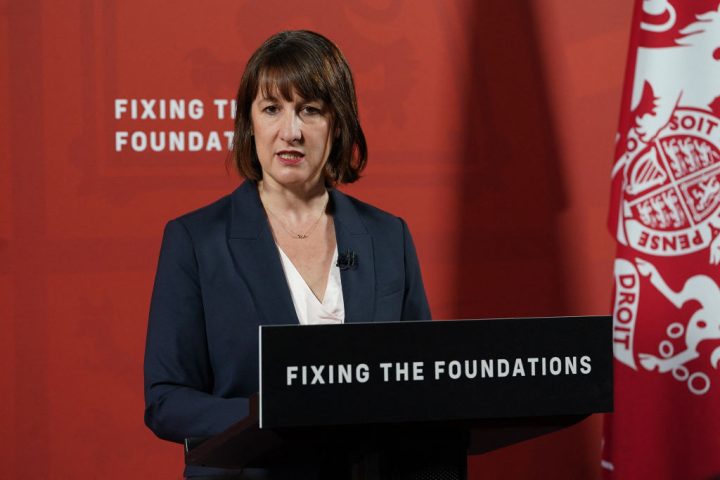Following the announcement of Rachel Reeves’ spending cuts on Monday, the Treasury confirmed that VAT will be applied to private school fees from January 2025. Although the debate on whether to charge this tax on private schools has raged for months, this is still earlier than most of the sector expected. ‘Anti-forestalling’ measures will be introduced so that any advance payments for the January term are, from this week, also taxed. This means parents can no longer avoid the extra 20 per cent by paying fees upfront. Perhaps most importantly, Treasury documents have also confirmed that ministers expect the new tax to drive some private school parents to the state sector: the first time Labour has acknowledged this in writing.
We should be making private schools more affordable and accessible, not less
This admission by Labour is crucial: it is the biggest argument against the policy, and fundamentally undermines the narrative that taxing private schools is an easy win for social mobility. The average VAT raised per pupil (£3,600) is less than half what is needed to educate them in the state sector, and so every pupil that moves will simply add pressure to an already over-stretched system. No one is even exactly sure how much money the policy will raise. If 17 per cent of private school pupils move, the policy would raise £650 million in extra revenue; if 11 per cent move, then £900 million; if 5 per cent move, then £1.15 billion. Yet this doesn’t take into account the fact that independent schools, particularly wealthier ones, will be able to offset VAT against other costs.
The exodus from private schools may not happen straightaway – parents may not pull their child out of school mid-year or mid-exams. Prospective primary school parents, however, will be looking at these new costs with trepidation. Private school privilege is by no means an even playing field; the super-rich, and the international elite (who increasingly make up the student cohorts) will be largely unaffected, whilst other parents (like the doctors and academics who make up most of my school’s parent body) will have a choice to make. Cough up the extra cost, or save the money, send their children to the best local state school (thus raising house prices further), spend some of the money on a private tutor instead. There is more than one way to give your child an advantage, and I’m not sure one is necessarily more virtuous than the other.
The money will, apparently, be used to recruit 6,500 more teachers over the next five years. Yet this equates to roughly a third of a teacher per school, which is laughable in the face of our teacher retention crisis: every year around 40,000 teachers, or 7 per cent of the total, leave the profession. We have already under-recruited for 10 out of 17 secondary school subjects next year, with STEM subjects and modern languages in a particularly dire state: in 2022 we only recruited 17 per cent of the needed Physics teachers, meaning we would need 3,500 more teachers just to cover this subject alone.
We need money to do this, but surely VAT isn’t the answer? Is it worth penalising all the things that should be celebrated in education – excellence, choice, individuality, diversity – in order to raise the teacher headcount by just 0.3 per cent a year?
We should be making private schools more affordable and accessible, not less. Research from the organisation for economic co-operation and development suggests that fee-paying pupils in Britain are, on average, two years ahead of their state school counterparts, and we know that private schools have some of the best educational facilities in the country, if not the world.
A much more nuanced policy therefore would be to have held private schools to their charitable status, and insist that private schools work for the public good. Many private schools already do amazing work for their local communities, whether that be sharing facilities, opening new schools, raising money for charities (my previous school raised between £50,000 and £105,000 a year for charity) or sharing knowledge and resources. Labour should capitalise on this positive momentum, and on the discussions around social responsibility, and think what else private schools could do.
For instance, Labour could have insisted that private schools spend X per cent of their revenue on scholarships and bursaries for disadvantaged pupils, so that the best and brightest can get the opportunities they deserve. At Eton, 20 per cent of students receive some level of bursary support, with just under 10 per cent paying no fees at all; this is a remarkable and relatively recent change, and one that should be imitated and developed across the board. Students with an education, health and care plan will not have to pay VAT on school fees, but the truth is a highly academic pupil has as much right to fulfil their potential as one with special educational needs. We should therefore be doing everything we can to open the doors to private schools, rather than close them.







Comments